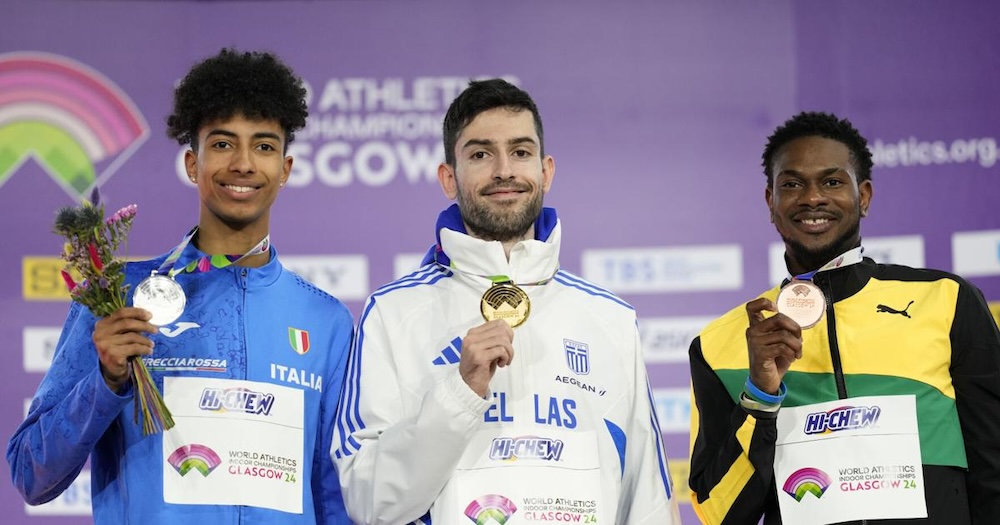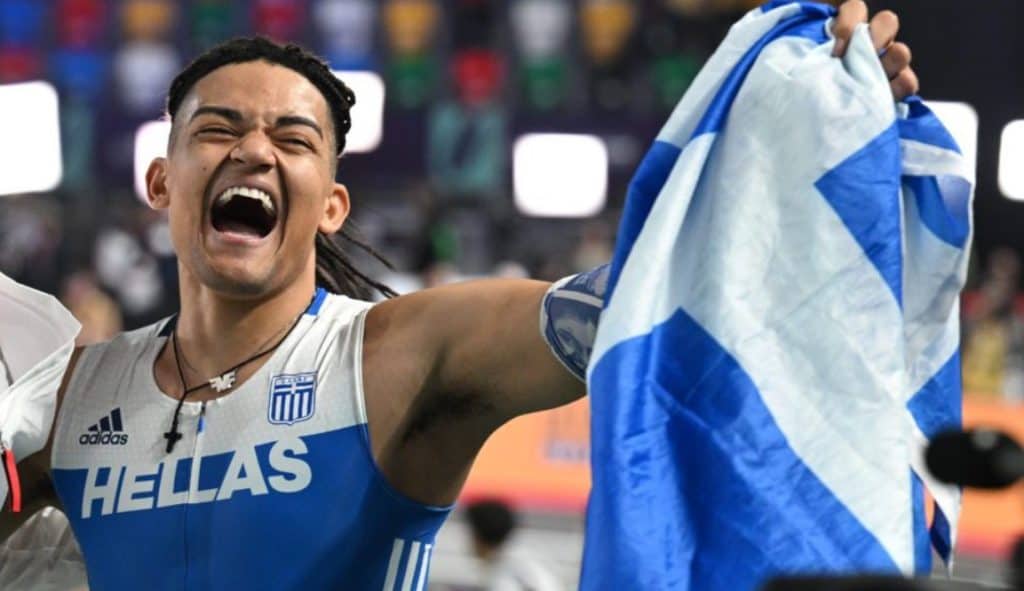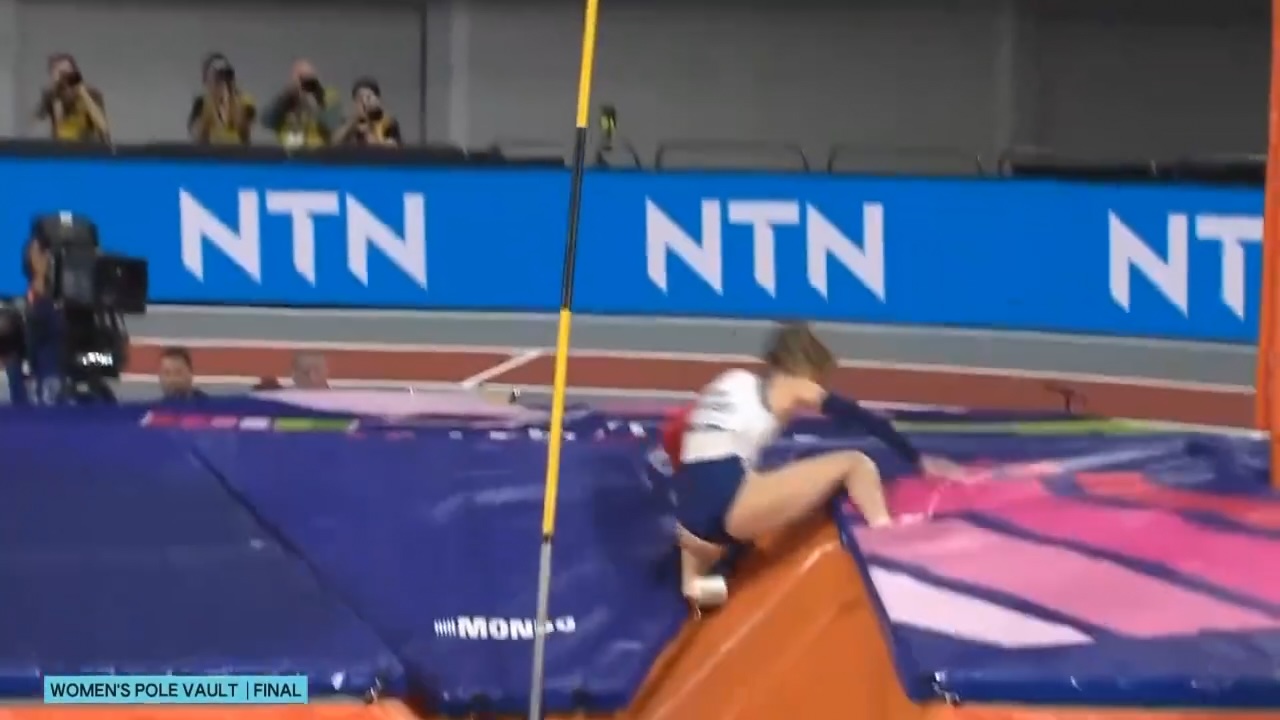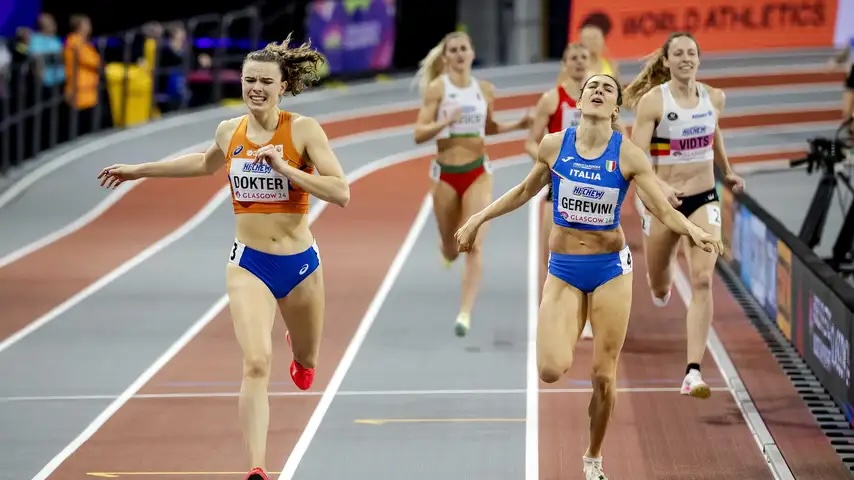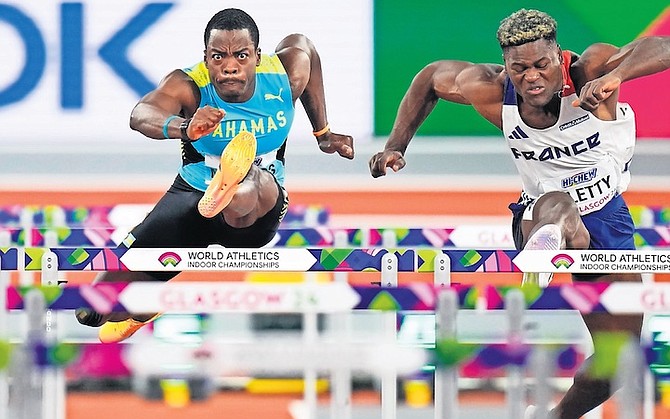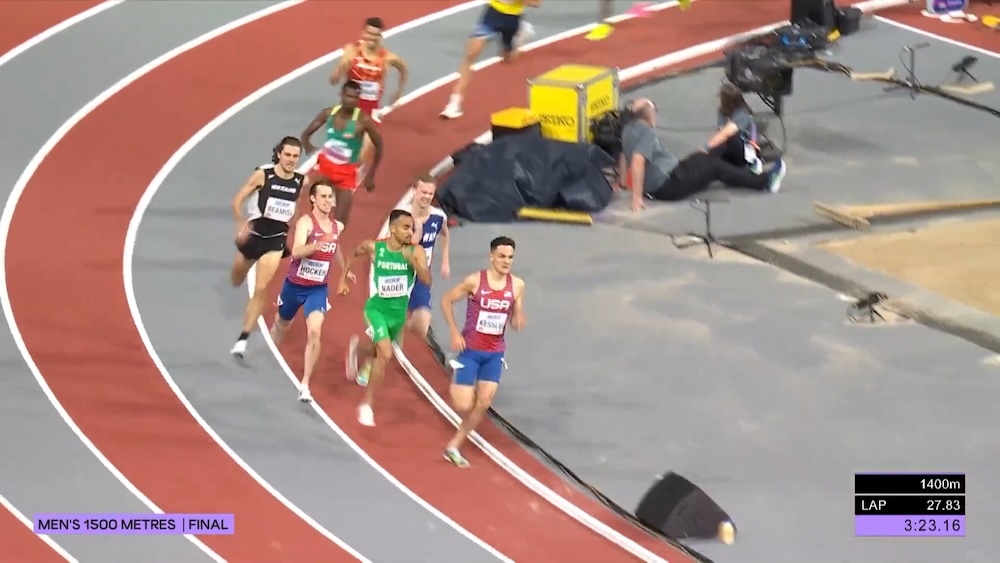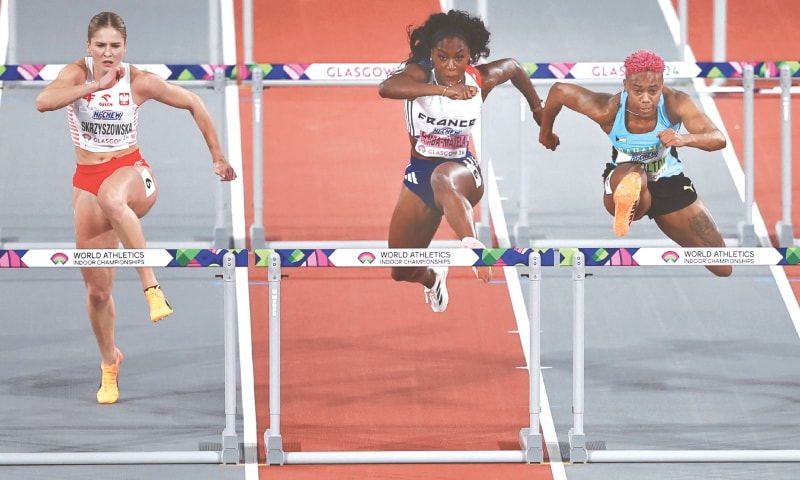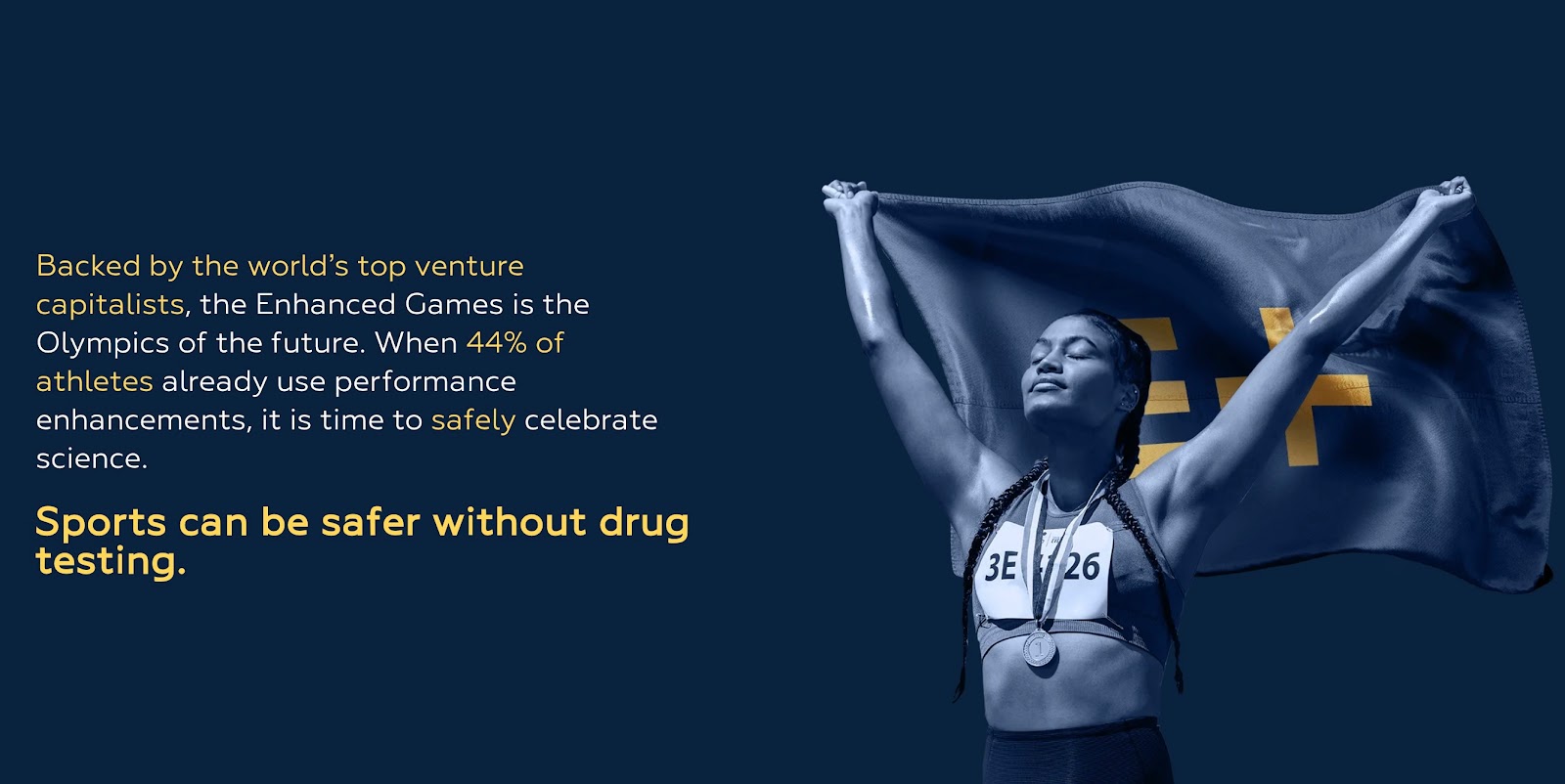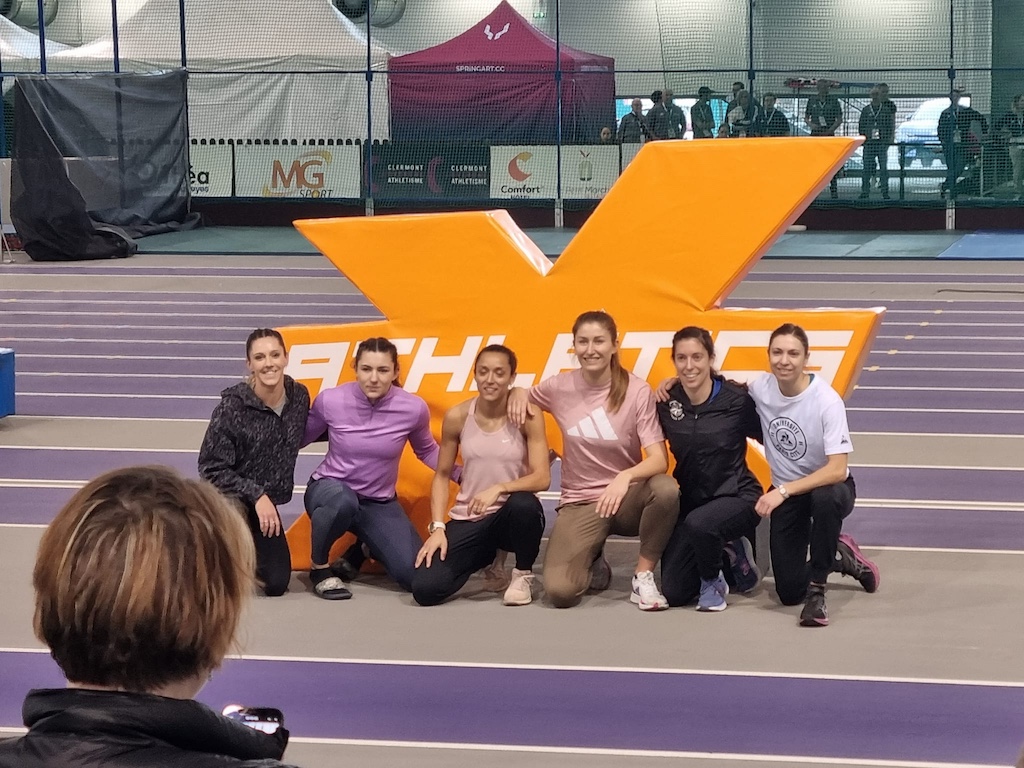I knew that something was amiss with the Games when, while discussing with Pierre and Frédéric Gousset, I learned that the two decathlon specialists had decided to eschew attending the competition in the stadium. The reason is simple. For two persons and two days of attendance, one must spend 2000 euros. I was really flabbergasted when I heard that price. The idea for the Games was sold to us as the event being the People's Games. I don't know who the organisers were having in mind when they were referring to "people", but definitely we do not have the same definition. Can you imagine that they ask people to buy tickets for babies? (But, in their magnanimity, the organisers propose children's tickets for the Paralympics at discounted rates).
And then I stumbled upon an article on the InsidetheGames website, entitled "Paris 2024: Unfulfilled promises", and I felt that I had to write about the situation. You can visit the page and read all the details, including the ones on the financial impact of the Games, but here I am going to write about something that I find really revolting.
On April 4th, E. Macron, the president of the French Republic, inaugurated the Olympic Aquatic Centre. When one reads "aquatic", one immediately concludes that that's where the swimming competitions will be held. Well, no. The Olympic pool was initially planned at a cost of 70 million euros. However, when the project had to be finalised a realistic estimate elevated the cost to 260 million! So the initial project had to be abandoned. And the organisers fell back to another, less ambitious project, still costing 175 million. But there's a catch. The Olympic Aquatic Centre can seat only 5000 spectators. World Aquatics, requires a minimum of 15000 seats for international swimming events of high level. So, the Olympic Aquatic Centre cannot be used for the swimming events of the Olympics and will not be homologated for major international events like World and Continental championships. It will host only artistic swimming, diving and water polo.
And how about swimming? The swimming events (as well as the water polo finals) will be held in the La Défense Arena. Two pools made from stainless steel, constructed by the italian company Myrtha Pools, will be installed. After the Games, the pools will be moved to the towns of Sevran and Bagnolet (both suburbs of Paris). And, of course, now that the goose is cooked, everybody pretends that it has never been on the agenda to have swimming events in the Olympic Aquatic Cantre. But it remains that 175 million euros have been spent and Paris still lacks a real Olympic-standard swimming pool.
One is tempted to burst out laughing, but on second thought, realising that all that money squandered for the rigmarole of the Games is coming out of the pockets of ourselves, French citizens, the tendency is rather to weep. The only consolation is that Athletics is shaping up to be of a very high level this summer.





